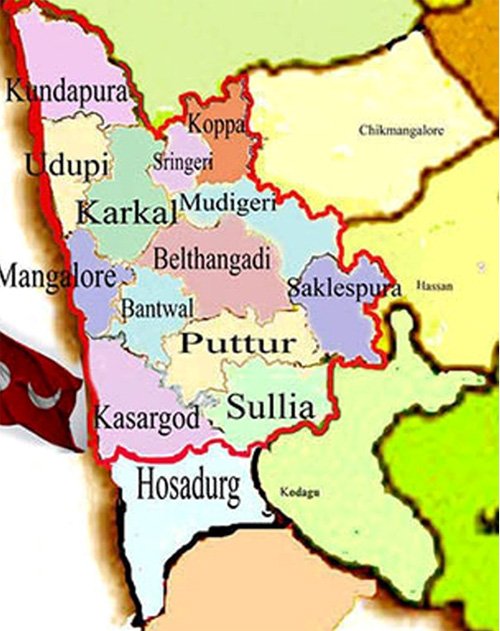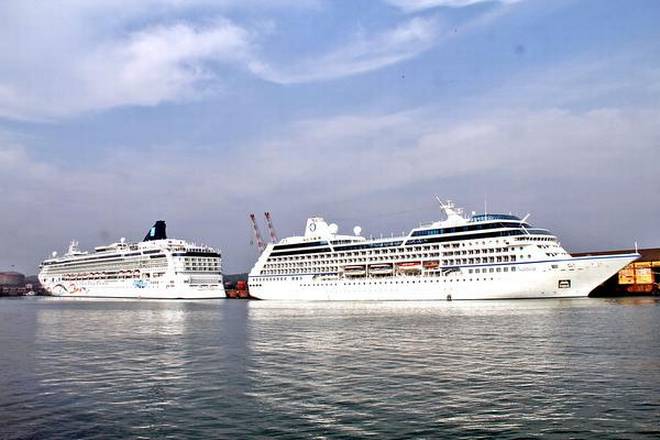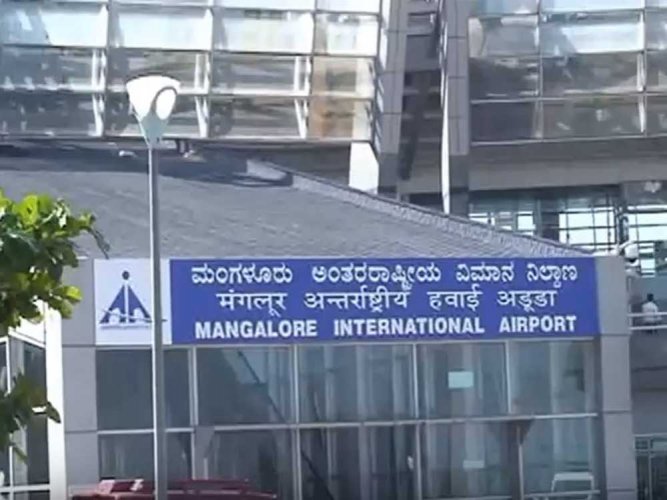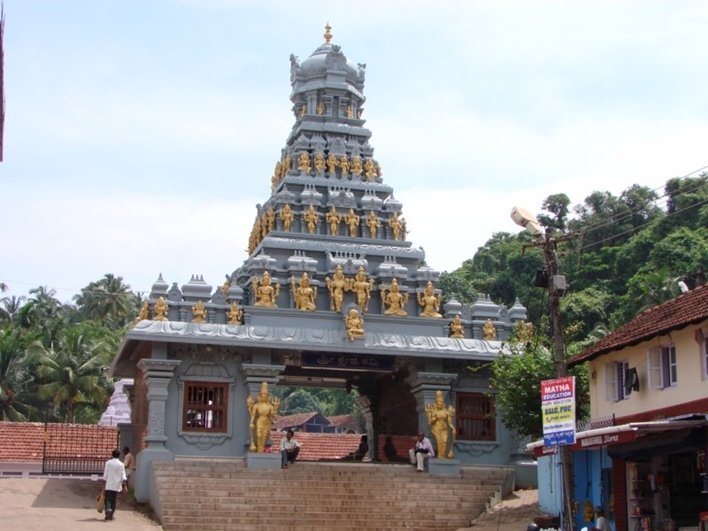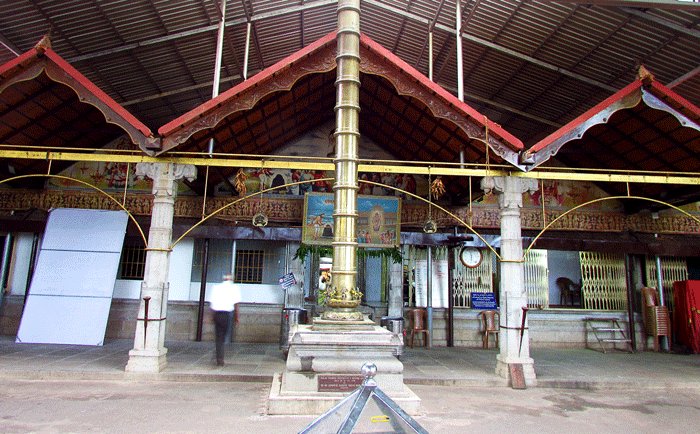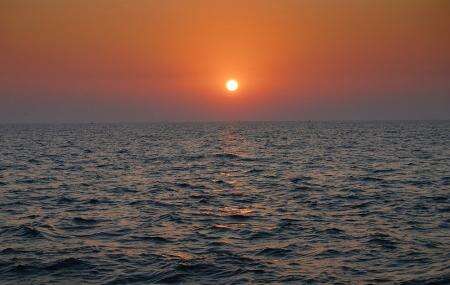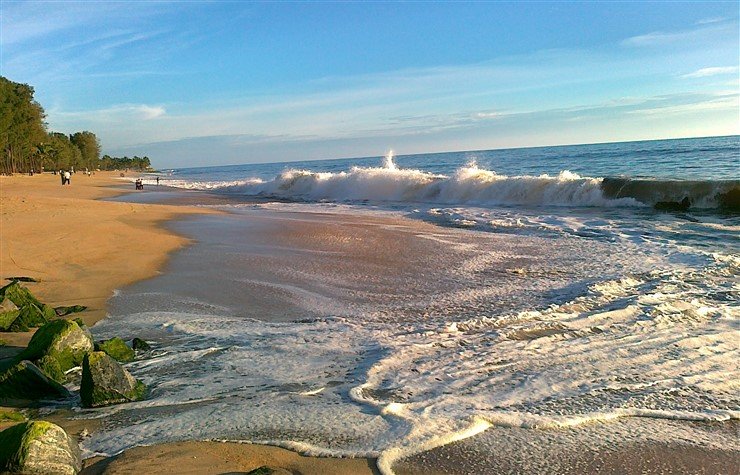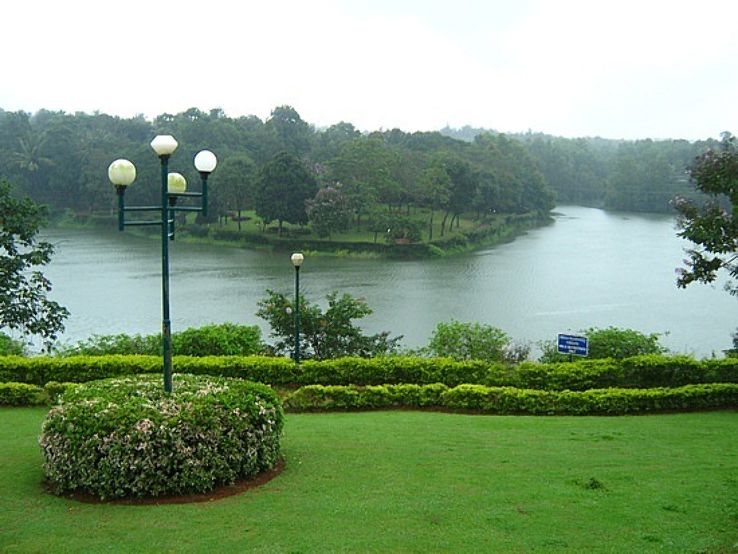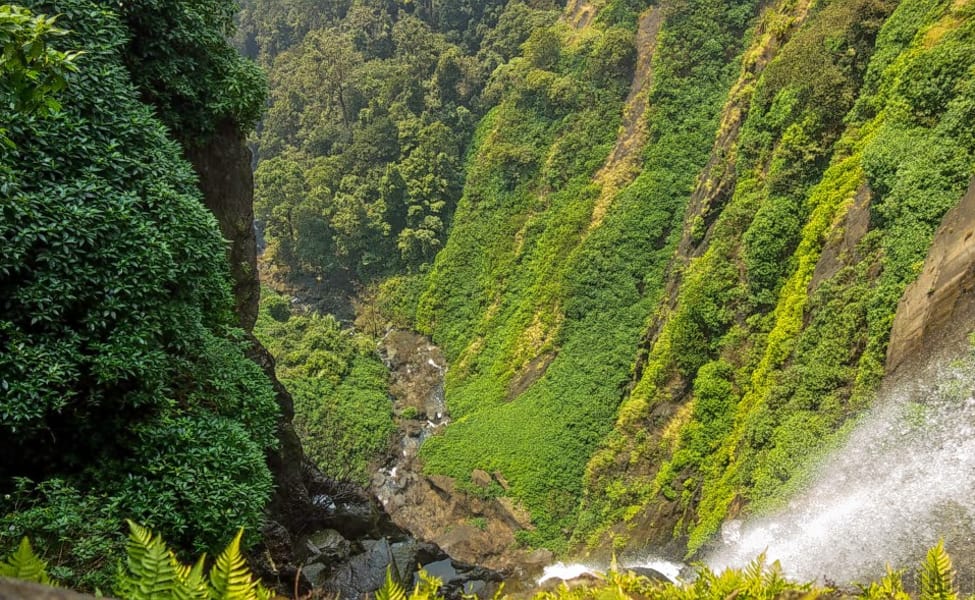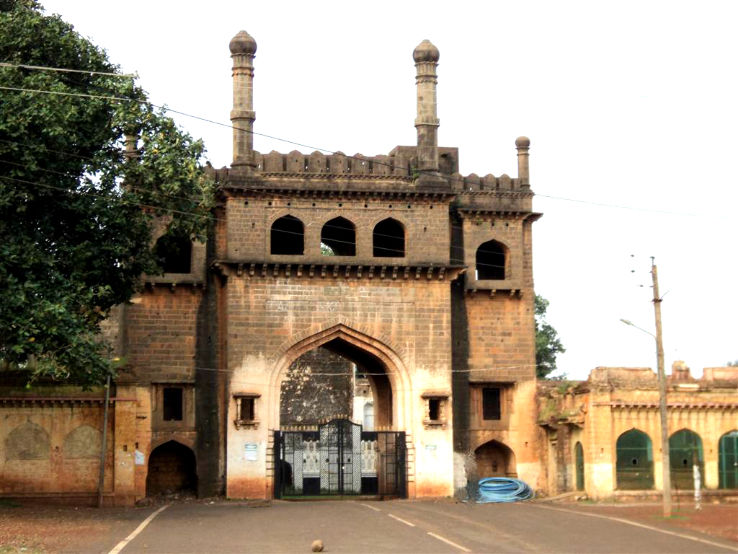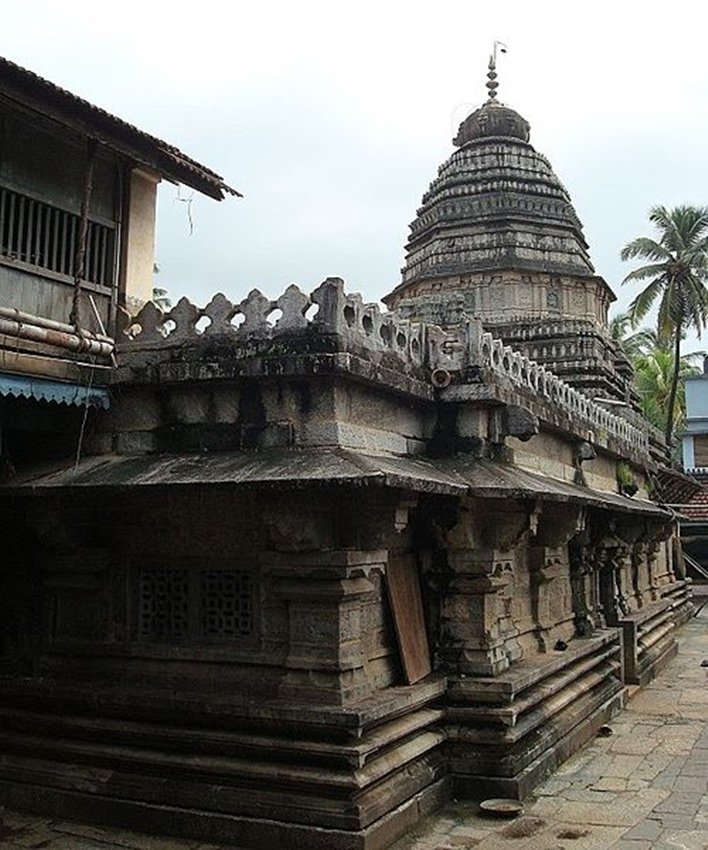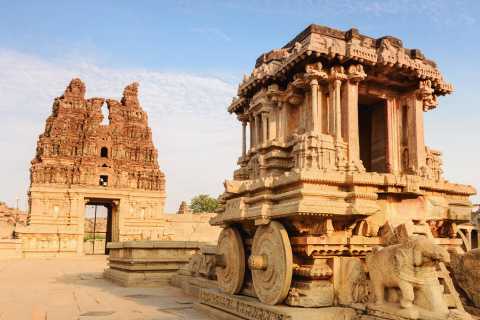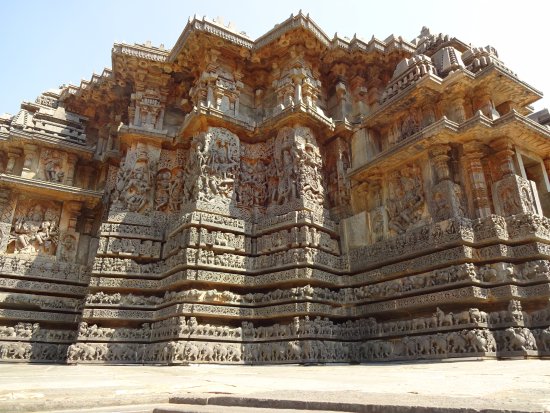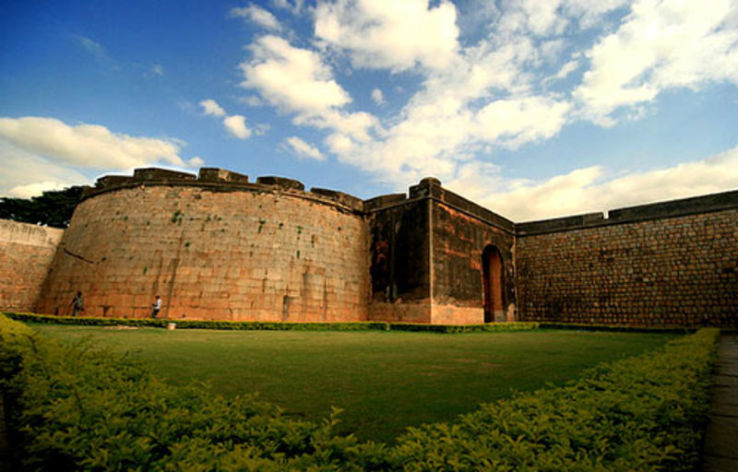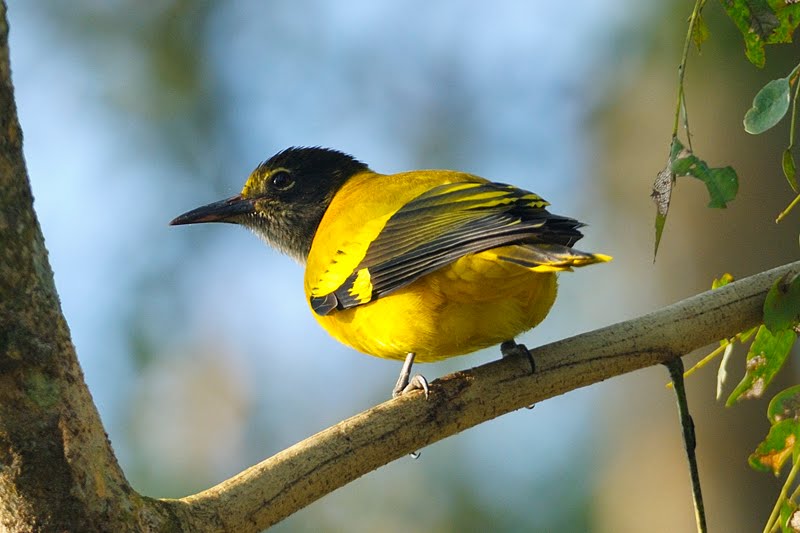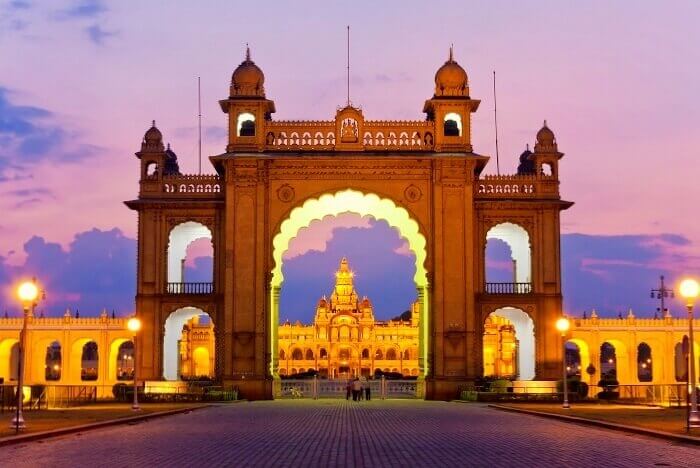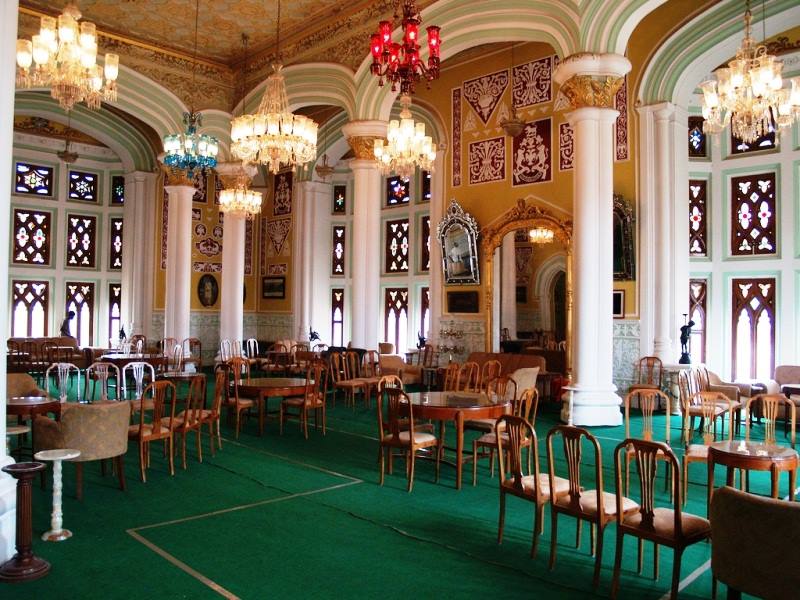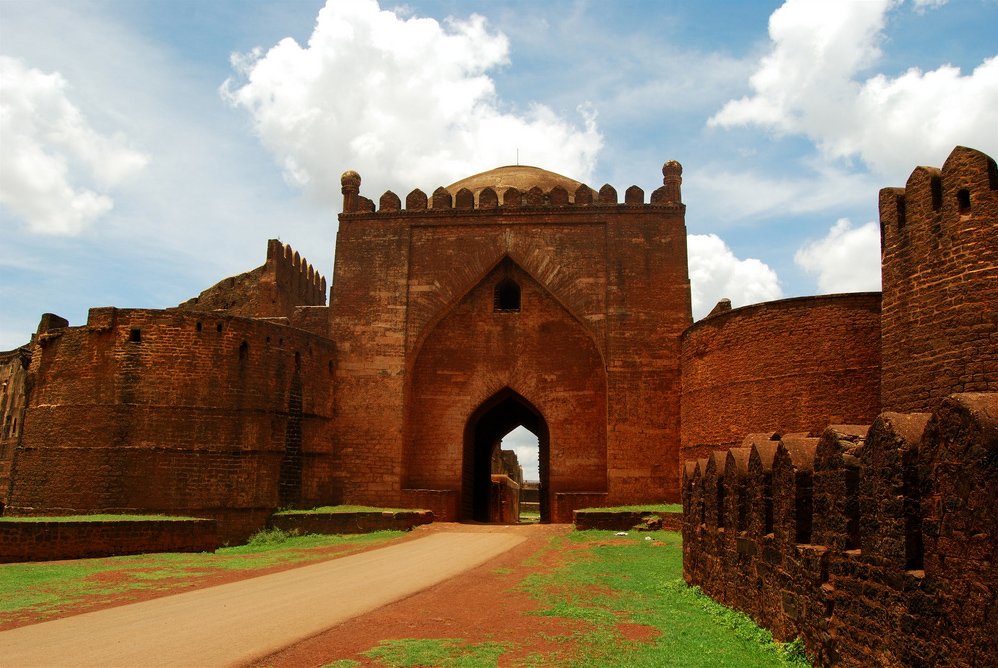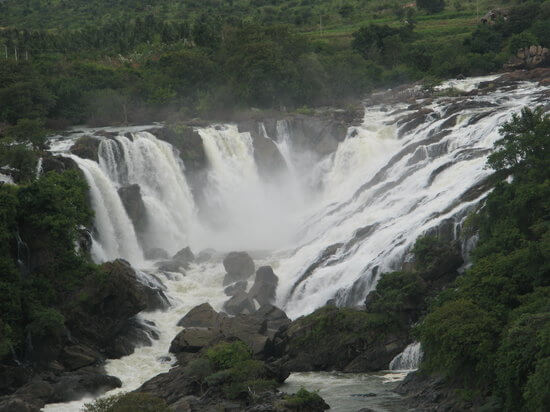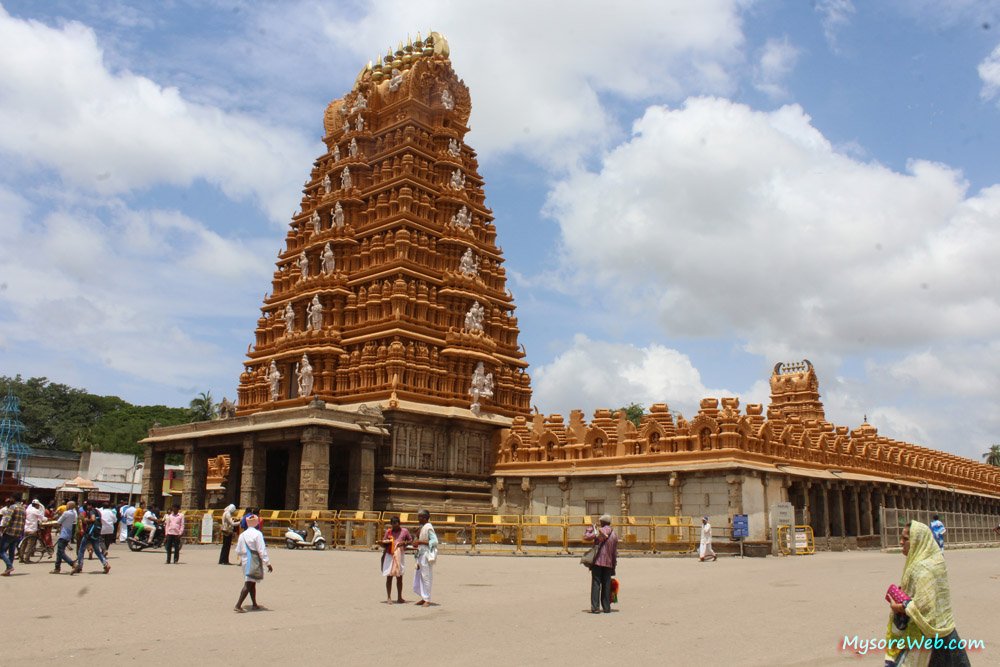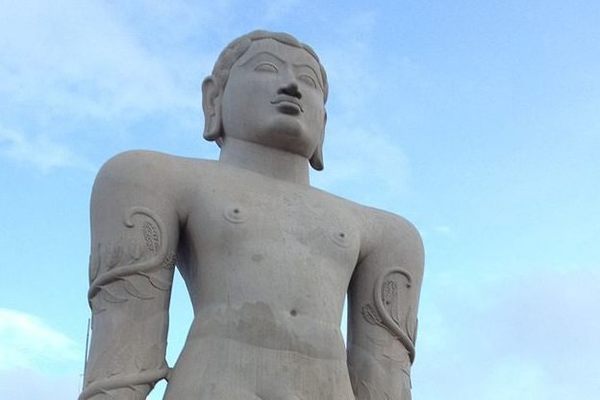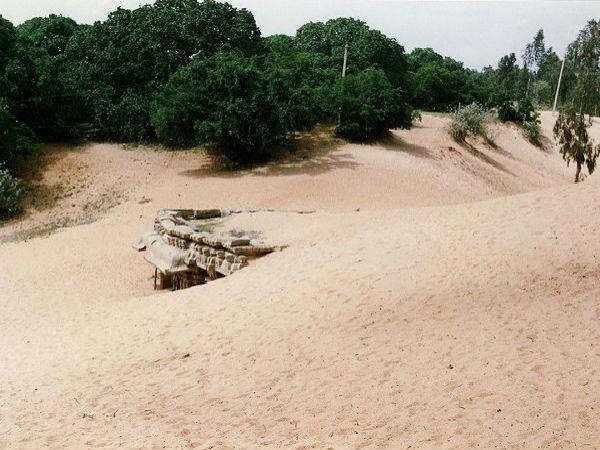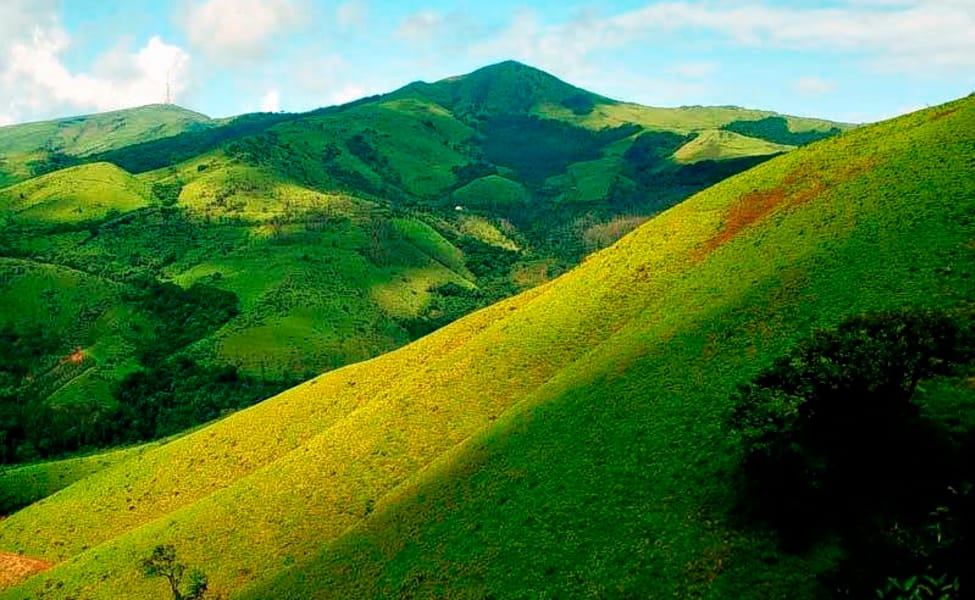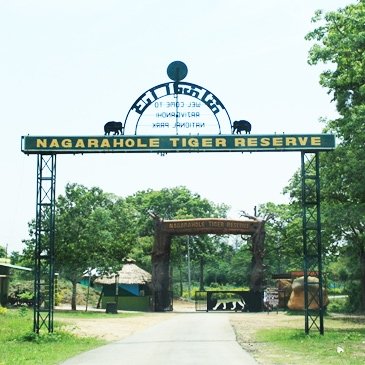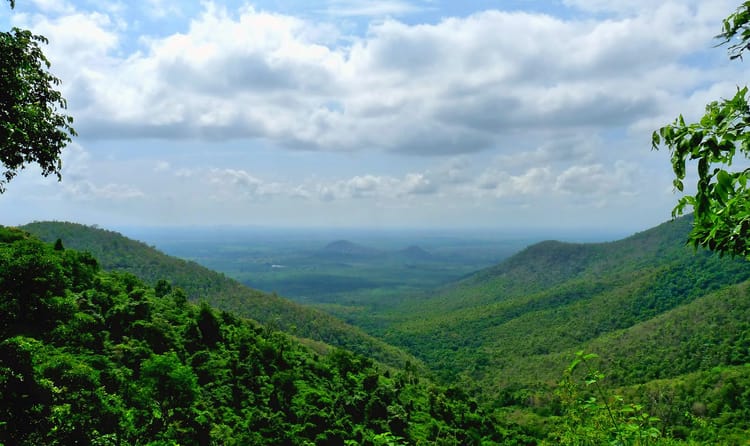- Home
- Tourism in India
- Karnataka Tourism
- Mangaluru
Mangaluru ( Mangalore)
Mangaluru
Quick facts:
Country: India
State: Karnataka
District: Dakshina Kannada
Region: Canara
Language spoken: Kannada, English, Tulu, Konkani and Beary
PIN CODE: 575001-575030
Mangalore or officially known as Mangaluru is another important city in the state of Karnataka, India. It is located at a distance of 352 Km from the west of Bangalore between Arabian sea and Western Ghats.
Mangalore or Mangaluru which is known as Gateway of
Karnataka is a very important port city of Karnataka. It is also the second
major city and also second business of Karnataka. The city is famous for its
awesome sea food, beaches, seaports and diverse culture.
Mangalore is named after the Goddess Mangaladevi. There is a huge temple of Goddess Mangaldevi in Mangalore which is a very important tourist place in the city. Mangalore is known by many names like Mangalooru in Kannada, Kudla in Tulu, Kodial in Konkani.
Even though
Kannada is the official language still people of Mangalore speak many languages
like Tulu, Konkani and Beary. Mangalore is one of the fastest growing cities in
India and many multinational companies are setting up their offices in
Mangalore.
Geography and Climate of Mangaluru ( Mangalore)
Mangalore is the gateway for Karnataka. It is situated on the west coast of India with Arabian sea and western Ghats to the east. It is the district head quarters for Banthwal, Puttur, Sullia and Belthangady taluks of the Dakshina Kannada districts. Earlier Udupi, Kundapur and Karkala were under Mangalore District but later in the year 1997 to ease the administration were separated and came under Udupi district.
Karnataka is blessed with many rivers. Netravati and Gurupura are the two main rivers that covers entire Mangalore. Netravati flows in the southern part of the city while Gurupura flows in the North.
The rivers finally flow and fall into Arabian sea. As Mangalore is present in the coastal region of Karnataka it experiences humid and tropical monsoon climate.
Climate/Seasons
The city receives heavy rainfall between May to October and December to March is extremely dry weather. Mangalore can be visited through out the year.
The summer months are from February to May where the maximum temperature hovers around 37oc and from May to October one can witness heavy rainfall.
Winter months are from November to January where the minimum temperature hovers around 18oc. The city does not experience any extreme climate and remains humid through most part of the year.
How to reach Mangalore -- Travel details
Mangalore or Mangaluru being the second major city in Karnataka it can be easily accessed through air, rail and through road.
By air: Mangalore or Mangaluru international airport is located at Bajpe which is around 20 km from the city centre. It has flights from all the major cities of India like Delhi, Bangalore, Goa, Mumbai, Kochi, Hyderabad, Chennai and Calicut. It also has flights to Dubai, Abu Dhabi, Muscat, Doha, Kuwait, Bahrain and Dammamm.
By rail:
Mangalore or Mangaluru has two major railway stations namely Mangalore Junction and Mangalore Central. Mangalore Junction is located at about 5 km from the city known as Kankandy. Mangalore or Manglauru central is at the heart of the city known as Hampanakatta.
Most of the trains start from here
and is also the last stop for any train. The city is very well connected to
major cities across India through rail. Mangalore or Mangaluru has direct trains to Chennai,
Kochi, Delhi, Coimbatore Goa, Mumbai Puducherry, Batkal. Karwar. It is
connected through Konkan railways, Southern Railways and the Navyug Express
connects Mangalore with Jammu and Kashmir.
By Bus:
Mangalore or Mangaluru has two major Bus stops for long route buses services. One is the Bejai bus stand where the state run KSRTC buses run. It is towards the northern part of the city. From this bus stand buses run to different cities like Mumbai, Bangalore, Mysore and many more. The other bus stand is behind the town Hall which is known as state bank bus stand. This bus stand is mainly for local travel with in the city of Mangalore.
There are many private and state run buses to connect different parts of Karnataka and Kerala to Mangalore. The long distance bus services run along the National Highways NH17, South and East towards NH 48.
For doing local travel one can the
local bus services or book a cab or auto. Travelling locally is not a problem
or an issue in Mangalore.
History of Mangalore/ Mangaluru
The earliest references to Mangalore dates back to 3rd century. Mangalore was ruled by many rulers before it was taken over by British government till India got Independence. British took control on Mangalore after defeating Tipu Sultan.
Even before to all this there is mentions in the history about Mangalore as Mandegora in the books written by Ptolmey and Pliny. They are Greek and Roman Historians present in first and second century and probably made a remark on Netravati River that flows through Mangalore.
South Canara which is the heartland for tulu speaking community was ruled by the Mauryan’s in the third century. The Kadambas ruled the entire Canara from 3rd century to 6th century as independent rulers with Banavasi as the capital.
Later from 7th
to 14th century the South Canara was ruled by the local rulers known
as Aluphas who were feudatories for Chalukya's of Badami, Chalukya's of
Kalyani, Hoyasala’s and Rashtrakutas. The sequences of the rulers who captured
and ruled Mangalore are really very interesting to read and understand.
Check out the pages on
Later after the above dynasties by 1345, the Vijayanagara rulers took complete control of Mangalore. It ruled from 1345-1550 and divided the entire South Canara into two regions namely Mangalore or Manguluru and Barkur provinces.
This helped them to ease the administration and for the development of the town. European influence on Mangalore can be seen as early as around Vasco da gama period.
This Portuguese sailor came to Mangalore and landed at St Mary’s Island in the year 1498. The rulers of Vijayanagara Empire did maintain friendly relations with the Portuguese.
Hyder Ali conquered Mangalore in the year 1763 and later his son Tipu sultan re captured Mangalore from British in the year and renamed it as Jalalabad.
In the year 1784 British defeated Tipu
sultan in the fourth Anglo Mysore War thus came the downfall of Mughals,
Mangalore or Mangaluru came under the control of British. During the period of British
Mangalore saw a very good development in education, banking sector and overall
growth of Mangalore.
Printing press and cloth weaving mills saw huge development during British rule. The city remained largely peaceful during the British period and saw over all development of urban and infrastructure development.
The linking of Mangalore or Mangaluru to Southern railway in 1907 further developed Mangalore. After India got independence the city was included in Karnataka from the Madras Presidency and has become a very important city in the state of Karnataka.
There are also some mythological stories around Mangalore. It is believed that according to Hindu mythology Mangalore or Mangaluru was a Shristi of Parashuram.
Another story according to Ramayana is that Lord
Rama ruled Mangalore or Mangaluru and according to Mahabharata Pandavas lived in Banvasi
during their exile. It is further stated that Arjuna one of the Pandavas
visited Mangalore while on his way to Gokarna.
Tourism in Mangalore/Mangaluru
Mangalore or Mangaluru has plenty of tourists places to visit within and around the city. There are number of beaches where one can sit and enjoy the waves of the beach. Here are some important tourist’s places in and around Mangalore.
Mangaldevi temple: It is a very old Hindu temple built around 9th century and is located in Bolara in Mangalore. The temple is dedicated to Hindu Goddess Shakti known as Mangaladevi.
The city Mangalore or Mangaluru got the name from this deity. The temple is open from 6am to 1pm and 4pm to 8:30 pm on all days. It is a huge temple built in Kerala style of architecture the structure being built in wood.
The best time to visit the temple is during the Navaratri festival when the temple is beautifully decorated with lights all around. it is believed that the temple was built by Parashuram ( one of the ten avatars of lord Vishnu).
Read about
Kadri Manjunatha temple: It is believed that the temple was built around 10th century and earlier Buddhism was practised at this place. The temple is dedicated to Lord Manjunatha.
It is one of the oldest temples in Karnataka and is located on the hills of Kadri. The temple has history of both Hinduism and Buddhism and has many Buddhists temples around the place.
Until 11th century Shiva linga and Bodhisattva were worshipped together at this place before the place was converted into Saivaite temple. Later after 11th century Brahmins forcefully took control of the temple. there are many water ponds and garden near the temple.
There are also statues of Machendranath, Gorakanth, Shriginath, Lokeshwara, Manjushri and Buddha inside the temple. The annual festival in held in the month of January. The festival is celebrated for 9 days starting from Makara Sankranti.
The nine days is celebrated with very enthusiasm and grand. Everyday there would be cultural festival along with good food being served to all the devotees. The temple is open on all days from 6 am to 1pm and from 4 pm to 8pm in the evening.
Gokarnatheswara temple:
Another very old temple built in 1912 is dedicated to lord Gokaranatha a form of Lord Shiva. it is situated just 2 km away from the main city centre at Kudroli.
The temple was built by Adhyaksha Hoige Bazar Koragappa .He was a famous businessman in Mangalore and was the owner of the tile factory which was set up in Hoige Bazar. Navratri's celebrated with very grand in this temple. The temple has a huge gopuram at the entrance. The temple is open on all day from 6am to 8pm with a small break in the afternoon
St Aloyisus Chapel:
It is a very old church built in the year 1880 by Jesuit Missionaries. It is a very beautiful church famous for its architecture and interior designing.
The chapel has some beautiful paintings of Antonio Moscheni. The central row paintings tell the life history of Saint Aloysius Gonzaga.
Some of the paintings include Aloysius as a child, as a preacher of God and seeking admission to the Jesuit Order. Alyosius died at the age of 23 with some disease.
There are mainly two types of paintings on the chapel namely fresco and canvas but now with the passage of time the paintings are deteriorating and has suffered many damages.
Milagres Church:
It is a very old Roman Catholic Church built in the year 1680 by Bishop Thomas De Castro. It is located in Hampankatta locality in Mangalore and is one of the oldest churches in Dakshina Kannada.
Panambur Beach: Panambur beach is located just 13 km from Mangalore is one of the cleanest and safest beaches in Mangalore. It is just next to New Mangalore sea Port.
The beach is famous for beautiful sunset and to enjoy some of the beach activities like Jet Skiing and boating. There are some food stalls near the beach along with horse and camel ride which makes tourists a complete entertaining and relaxing place.
One of the major festivals on this beach is the International kite festival. People from different parts of the world participate in the kite festival. The beach is very well connected through road. The nearest airport is Mangalore International airport which is around 12 km from the beach.
Ullal Beach: Mangalore has some good beach one in that is the Ullal beach. Situated just 12 km from Mangalore Karnataka India the beach offers some good view of the sunset. The main attraction is the coconut trees along the stretch of the beach. There is a famous Dargah of Sayed Mohammed Shereful Madani who is believed to have visited the place some 400 years ago. Tourists can enjoy sun and also swimming in the beach.
There is one more beach in Ullal known
as Someshwara beach. The beach got its
name because of Lord Somanatha temple on the sea shore. Very closely located to
the beach is Ottinene Hill on climbing it one can see the merging of Netravati
River with the Arabian sea. Tourists can also experience to see many medicinal
plants grown on this hill.
Pilikula Nisargadhama:
Located at just 15 km from Mangalore Pilikula is the most sought of destination for the tourists and for the local residing people of Mangalore. Pilikula is like a heaven on earth for nature and wildlife lovers.
In Tulu language Pili means tiger and Kula means lake is a perfect destination to see the beautiful flora and fauna all around the Nisargadhama. The Pilikula Botanical garden has around 240 flowering plants of Western Ghats.
On the other side of the Nisargadhama is the zoo which has many
varieties of wild animals. The beauty of this zoo is that animals are not kept
in cages but are allowed to move freely all around. There are huge trenches or
mesh wires to separate visitors from the animals and keep them safe.
Saavira Kadamba Temple:
It is a Jain temple built during the rule of Vijayanagara Empire. It is located in Moodbidri Taluk of Dakshina Kannada district of Karnataka India. The Basadi is dedicated to tirthankara Chandraprabha hence the temple is also known as Chandranatha temple. The temple is famous for its 1000 pillars all around. The temple was built by Deveraya Wodeyar in the year 1430 in Vijayanagara style of architecture. The beauty of this architecture is no two pillars are similar to each other.
Some of the distances from Mangalore
Mangalore to Udupi---55 km
Mangalore to Madikeri---140 km
Mangalore to Mysore—255 Km
Mangalore to Bangalore—351 Km
Update on coronavirus in India
Affiliate Disclosure:
If you make any purchase via a link on this site, I may receive a small commission with no added cost to you.
